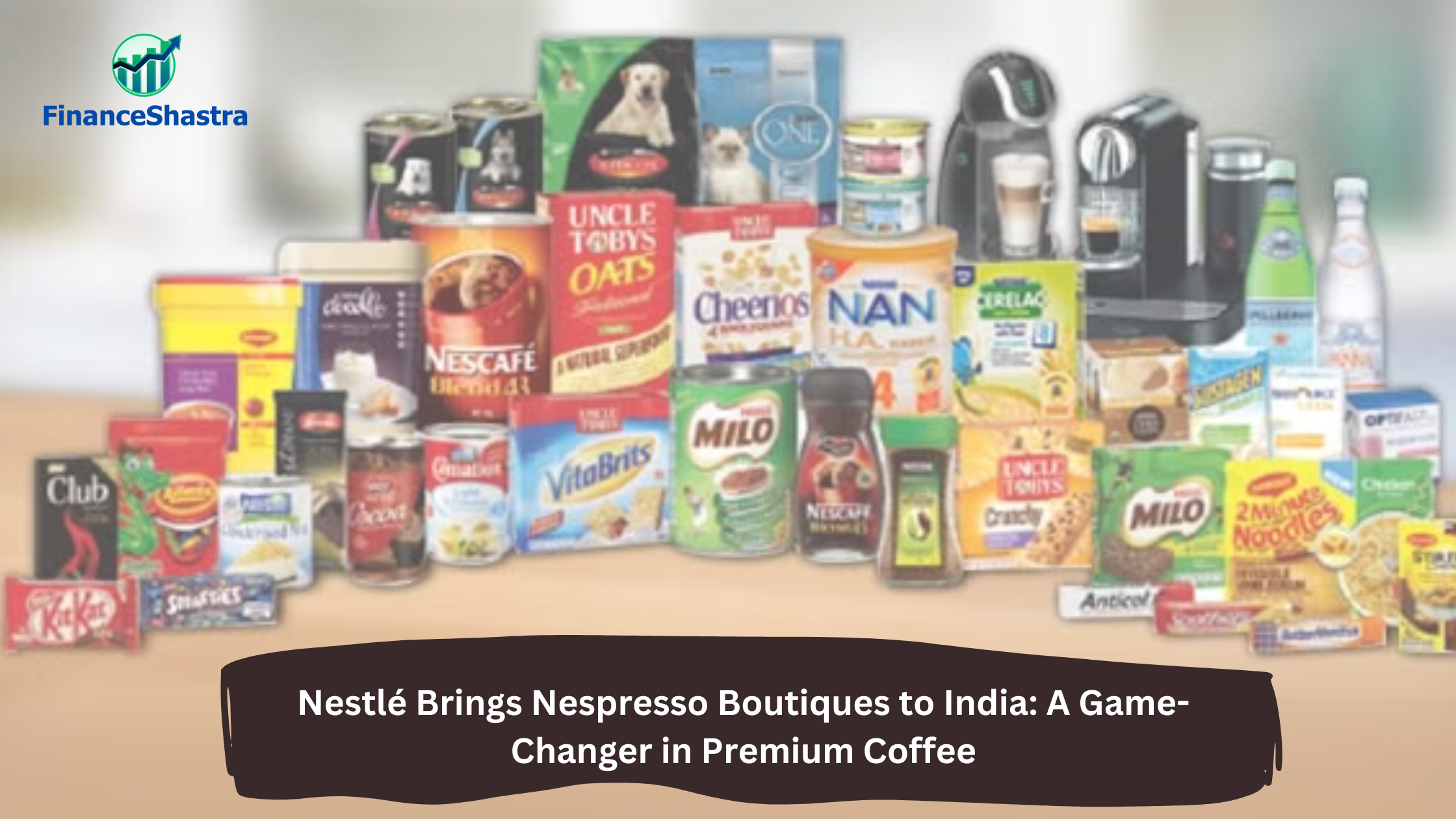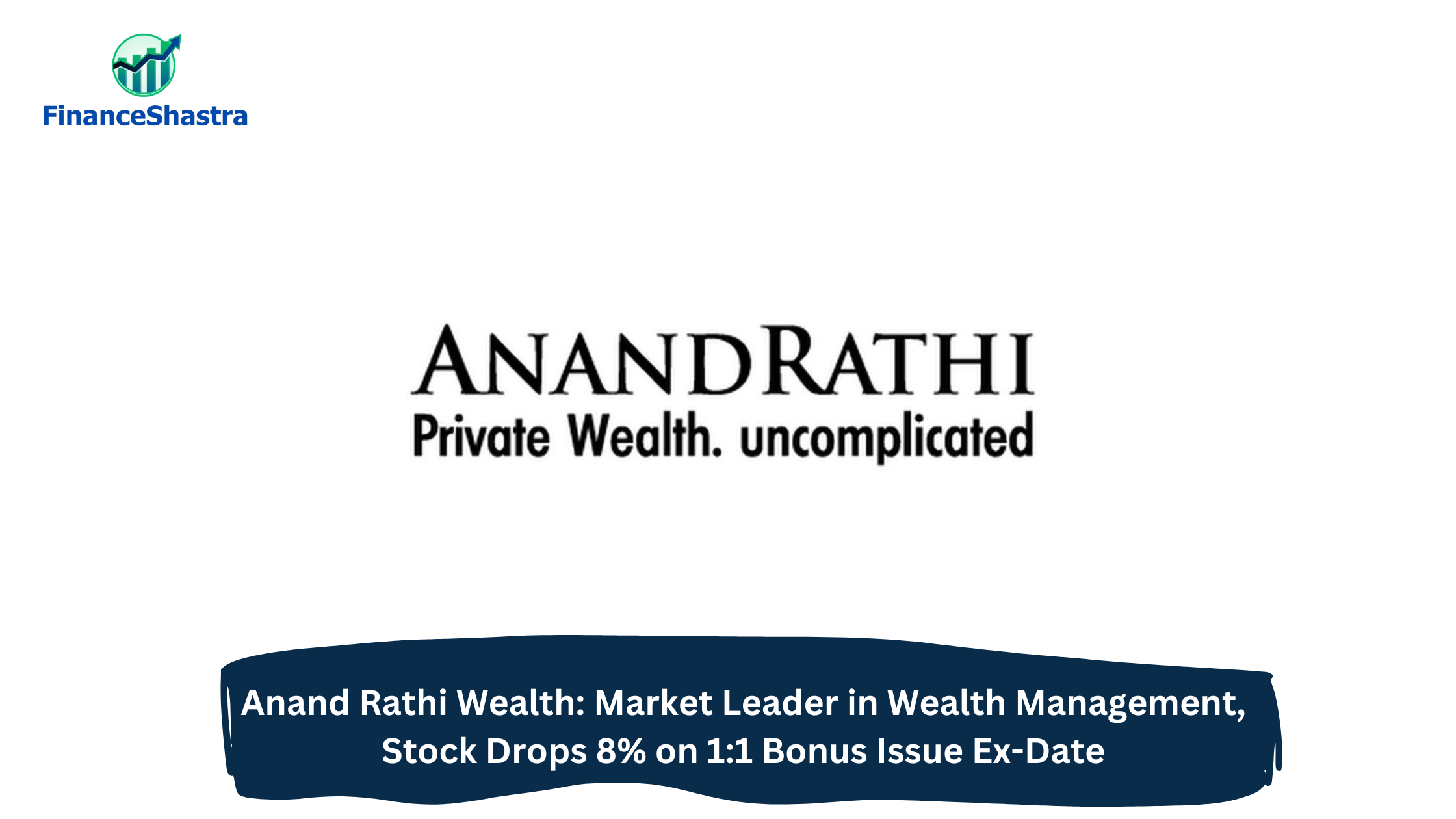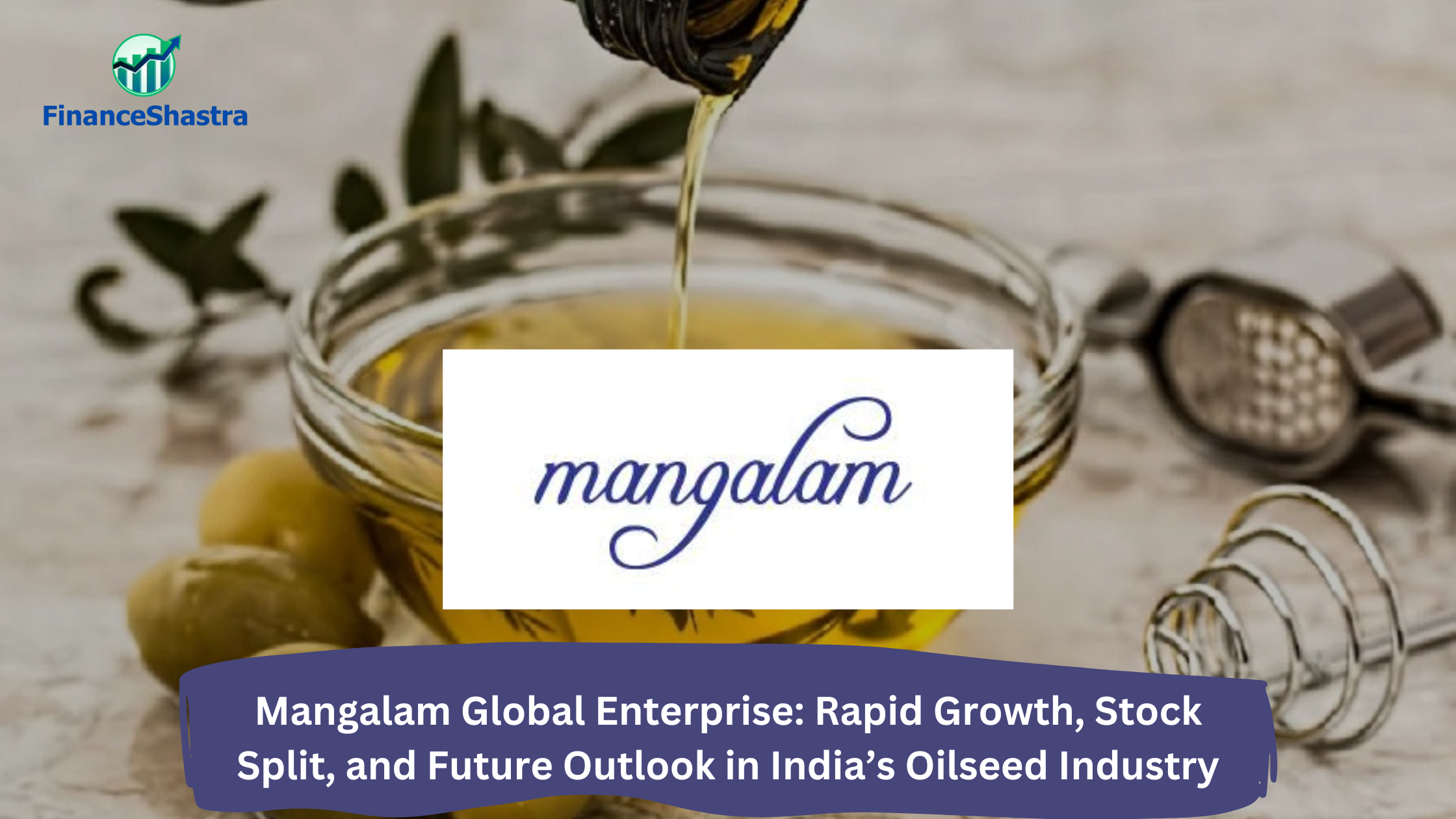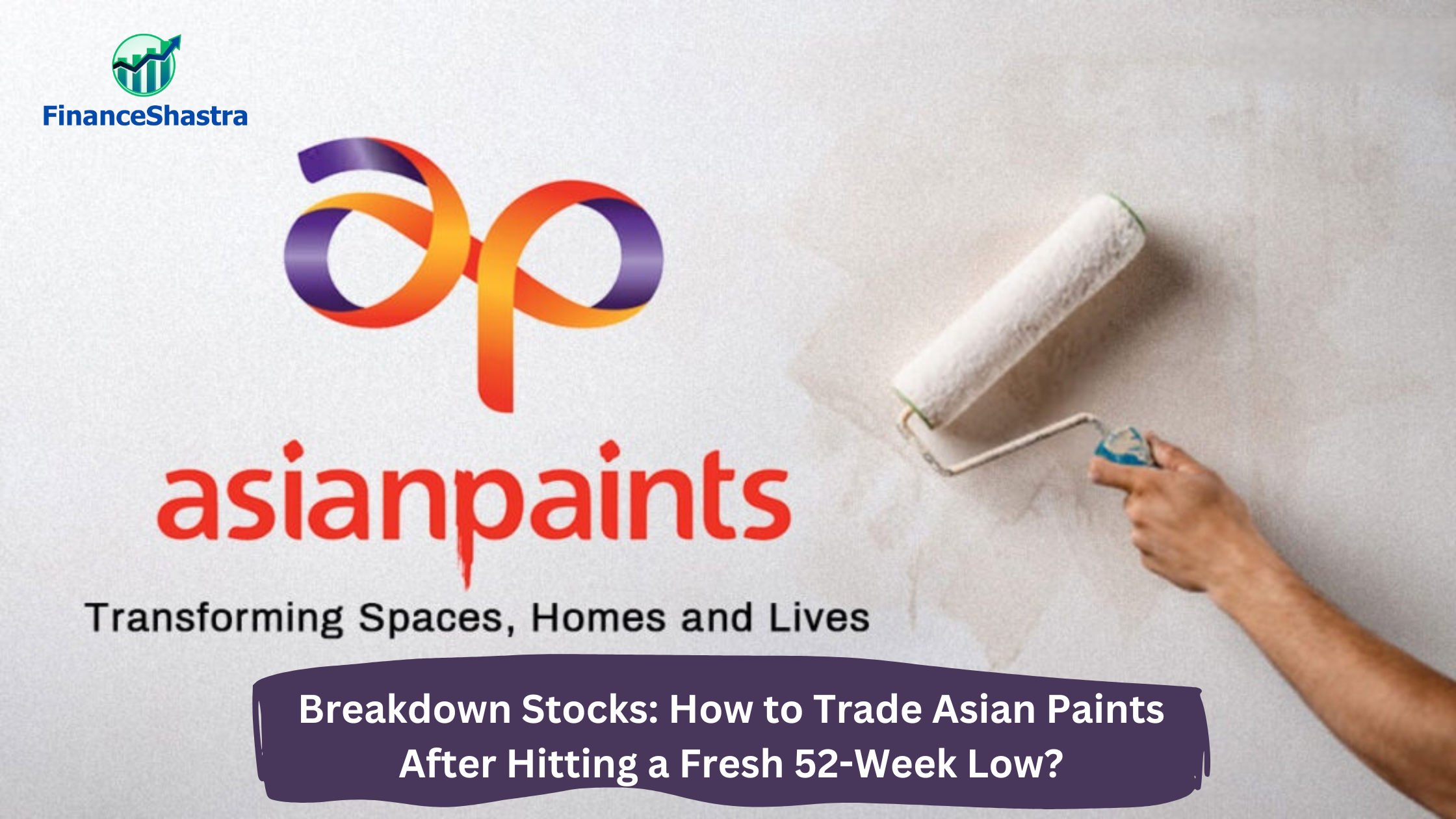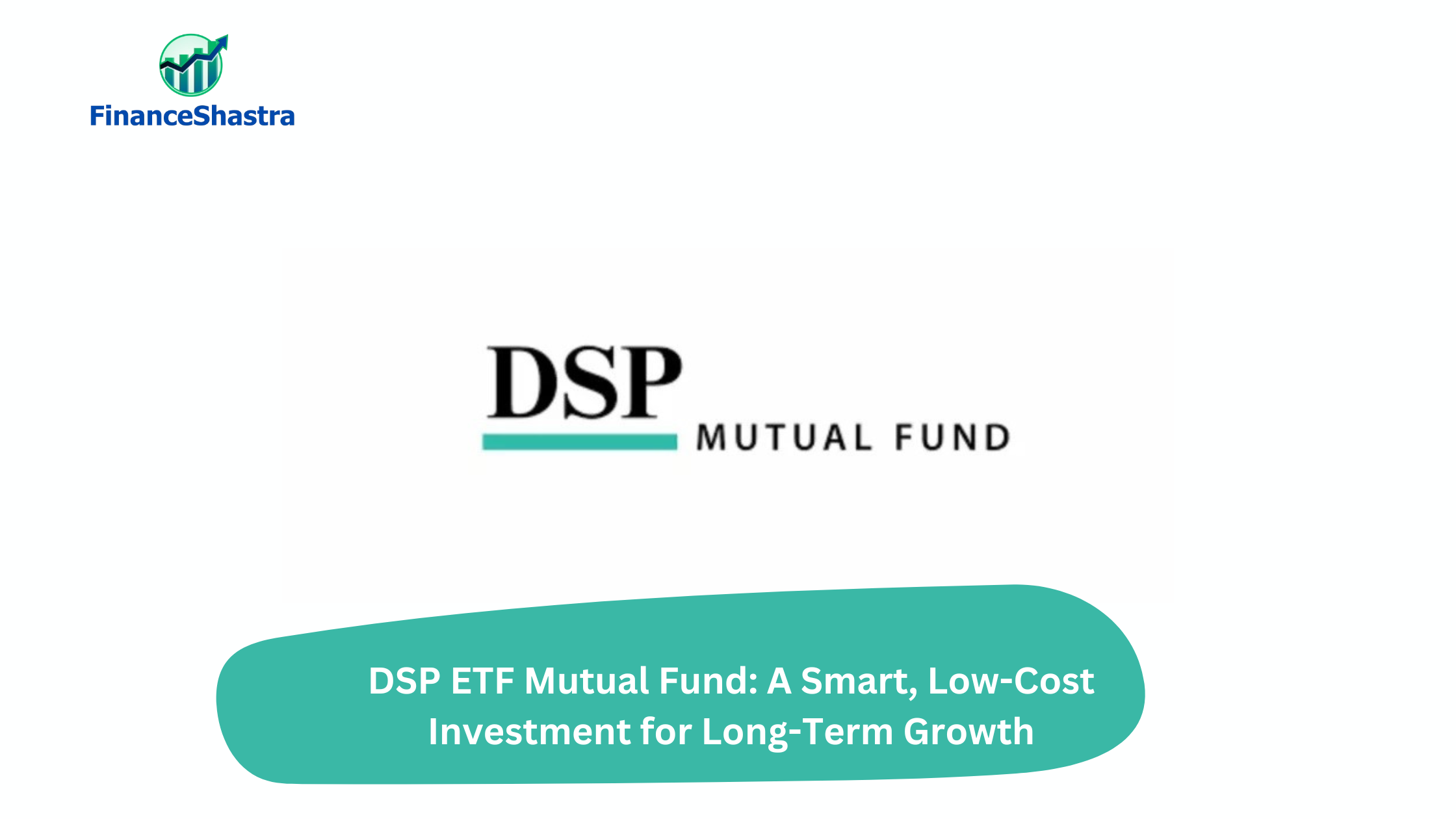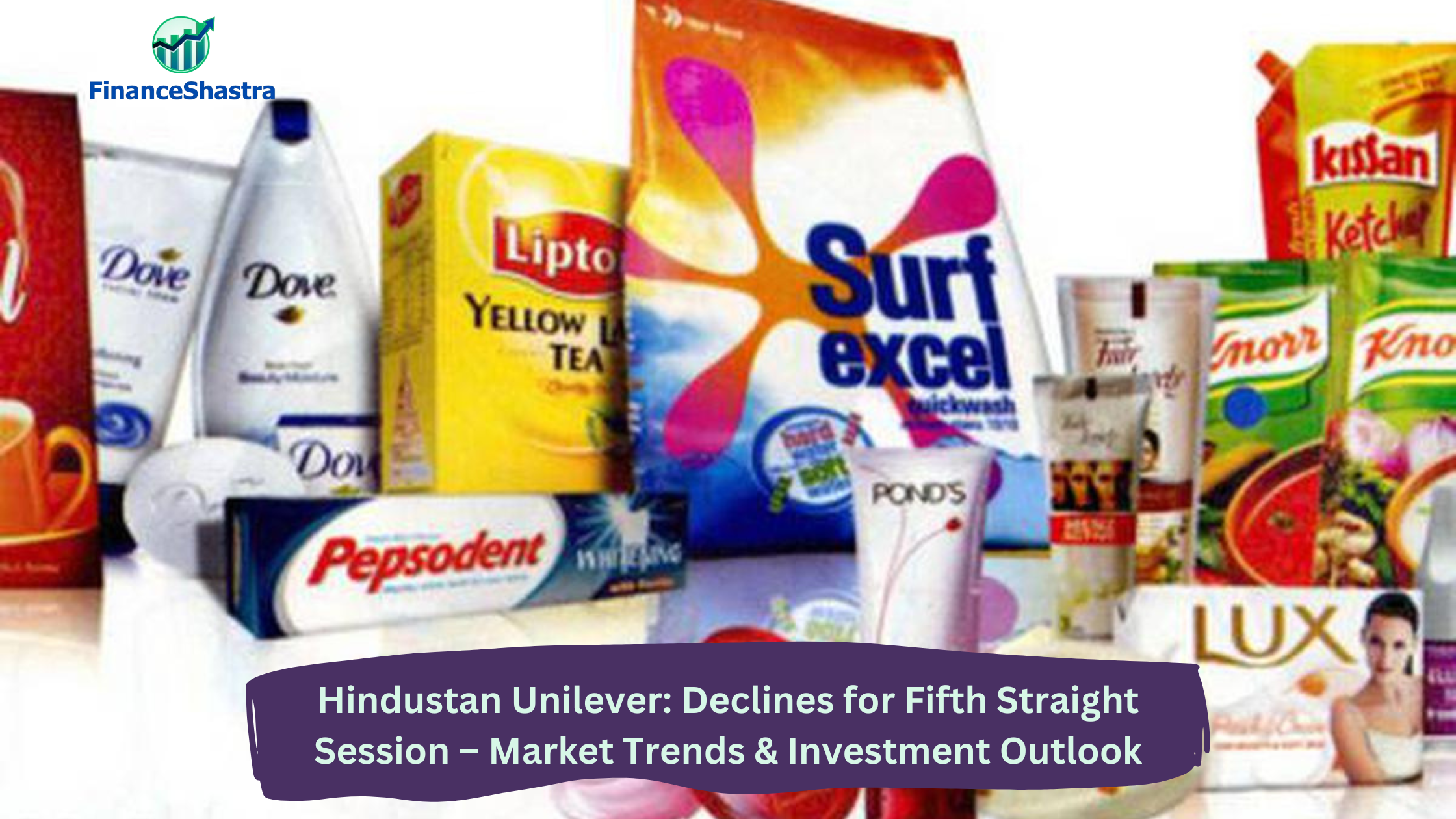Nestlé Brings Nespresso Boutiques to India: A Game-Changer in Premium Coffee
Business and Industry Overview:
Nestlé has been in India since 1912. It first sold imported products in the country. After India became independent in 1947, the government wanted companies to produce goods locally. Nestlé responded by setting up its first factory in 1961 in Punjab. It helped farmers improve dairy farming. It introduced better irrigation and scientific crop management. The company also set up milk collection centers. These centers ensured fair prices for farmers. Over time, this made the region wealthier. Today, Nestlé is a well-known food and beverage company in India. It provides jobs to many people, including farmers and suppliers. The company studies changing food habits. It makes safe, nutritious, and affordable food. Nestlé also focuses on new ideas and technology. This helps in improving products and creating long-term value.Nestlé India is a key player in the food and beverage industry, offering well-known brands like Maggi, Nescafé, KitKat, and Milkmaid. The company has nine factories in India, producing a wide range of products. It has focused on innovation, launching over 130 new products in the last seven years and investing heavily in research and development.
India’s beverage industry is growing fast. It includes both alcoholic and non-alcoholic drinks. The country has many natural resources like coffee, spices, and fruits. This makes India a key location for beverage production. The non-alcoholic drinks market is expanding quickly. It is expected to reach $88.25 billion by 2027. It is growing at a yearly rate of 18.3%. The alcoholic beverage market is also growing fast. In 2023, it was valued at $49.6 billion. By 2028, it is expected to grow to $64 billion. India has a young population. About 65% of people are under 35 years old. The middle class is also growing. People have more money to spend. They are willing to try new products. This is increasing the demand for both global and local brands. The industry is creating many jobs. Around 8 million people work in this sector. It includes farmers, supply chain workers, and retail employees. The industry also helps other businesses, such as glass manufacturing. The beverage industry accounts for 22% of India’s glass packaging market.
Global companies are making big investments. PepsiCo, AB InBev, and Nestlé India are expanding in India. Nestlé has been in India for over 100 years. It has built a strong connection with Indian consumers. The company focuses on innovation and trusted products. India’s beverage industry has a bright future with rich agricultural resources and strong investments. The combination of tradition, modern innovation, and sustainability will help it grow further.
Latest Stock News:
Recently, its stock hit a 52-week low of ₹2,118 and has fallen 2% this year. Nestlé has also started selling products directly to customers through its new online platform. With India’s food market growing fast, Nestlé’s focus on innovation and expansion can help it grow in the long run, despite the recent dip in its stock price.
Potentials:
Nestlé India has several plans to grow its business in the coming years. The company wants to expand its product range by introducing new food and beverage items. It is focusing on healthier options, including plant-based and nutrition-rich products. Nestlé is also increasing its investment in research and development to improve the quality and variety of its offerings. It plans to strengthen its distribution network and reach more customers in smaller towns and rural areas. The company is also investing in digital platforms to boost online sales and connect directly with consumers. Sustainability is another key focus, with Nestlé aiming to reduce plastic waste and improve water conservation. Nestlé India is forecast to grow earnings by 8.6% per year and revenue by 9.1% per year. Its earnings per share (EPS) is expected to rise by 8.9% annually. Additionally, the company’s return on equity (ROE) is projected to be 83.5% in the next three years. With India’s growing demand for packaged food and beverages, these plans can help Nestlé India grow further and stay ahead in the market.
Analyst Insights:
- Market capitalisation: ₹ 2,11,825 Cr.
- Current Price: ₹ 2,197
- 52-Week High/Low: ₹ 2,778 / 2,110
- P/E Ratio: 67.6
- Dividend Yield: 0.77 %
- Return on Capital Employed (ROCE): 169 %
- Return on Equity (ROE): 135 %
Nestlé India is a strong company with a big presence in the food and beverage market. It has been growing well, with profits increasing by 19.6% every year for the past five years. The company is almost debt-free, which makes it financially stable. It has a high return on investment, showing that it uses its money well to make profits. Nestlé India also gives good dividends to its shareholders. However, the stock price is high compared to its actual value, which means it may be expensive right now. People who want to invest for a long time can consider buying when the price drops. Those looking for quick returns may wait for a better time to invest.

